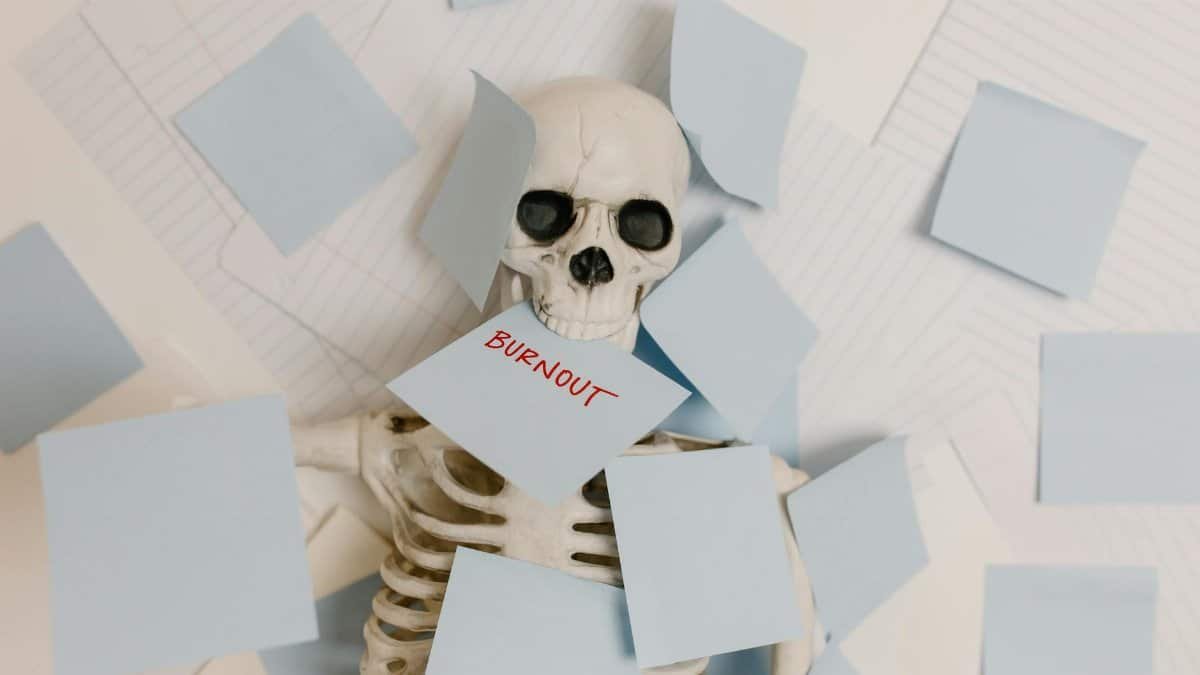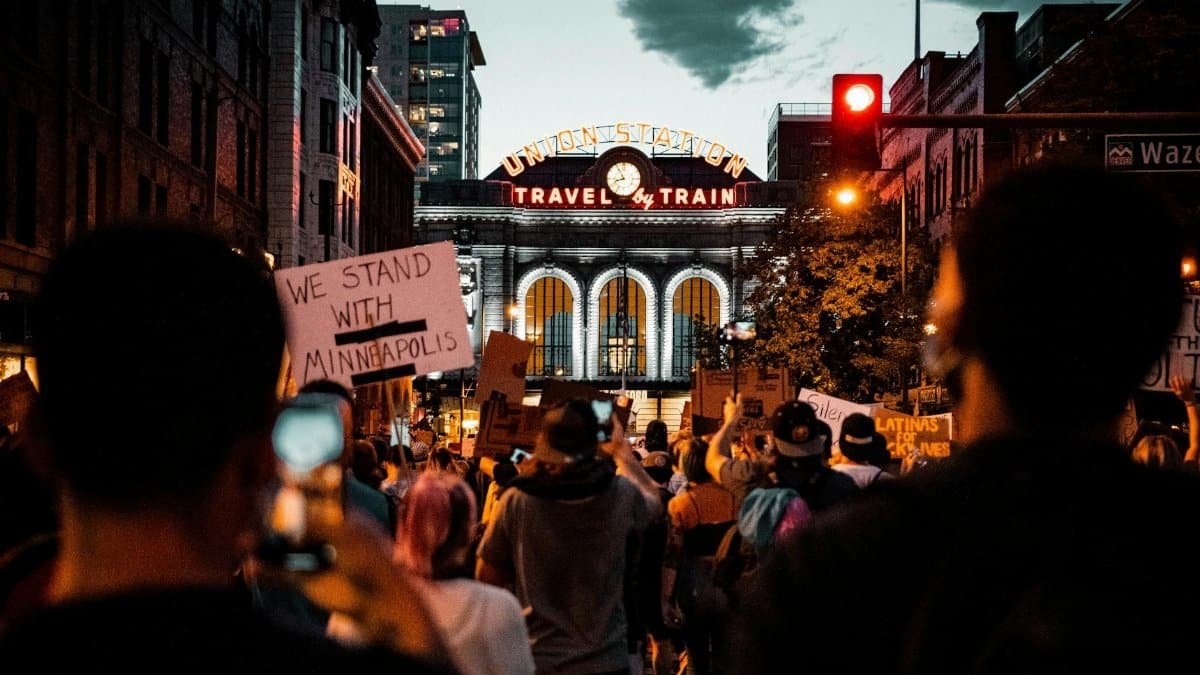In the bustling streets of Denver, where the Rocky Mountains loom as a constant reminder of nature’s grandeur, a quiet movement is gaining traction among residents grappling with modern life’s demands. From tech workers in LoDo to educators in Capitol Hill, more people are turning to the idea of energy harmony flow—not as some esoteric fad, but as a practical tool for restoring balance amid the city’s high-altitude hustle. This concept, blending mindfulness with intentional energy management, promises to align one’s inner rhythms with the external world, fostering resilience against burnout. As Denver’s population swells and remote work blurs boundaries, locals report feeling drained by endless Zoom calls and traffic snarls on I-25. Yet, recognizing the signs of burnout early can be transformative, especially when viewed through the lens of energy harmony flow. It’s about tuning into subtle disruptions in your personal energy ecosystem, much like noticing when a mountain stream gets clogged. In 2025, with stress levels still elevated post-pandemic, understanding these signals isn’t just helpful; it’s essential for thriving in the Mile High City.
1. Persistent Fatigue That Coffee Can’t Fix

Imagine a Denver barista, usually buzzing from the morning rush at a spot like Little Man Ice Cream, suddenly finding even a double espresso falls flat. This isn’t ordinary tiredness; it’s a deep-seated exhaustion that lingers, signaling a disruption in energy harmony flow. Experts describe it as the body’s way of protesting an imbalance, where mental and physical resources are depleted without replenishment. A study from the American Psychological Association highlights how chronic stress in urban environments like Denver exacerbates this, with 27% of Coloradans reporting higher fatigue levels in recent surveys.American Psychological Association Stress Report notes that without addressing underlying energy misalignments—through practices like mindful breathing or nature walks in Washington Park—such fatigue can spiral. One local shared anonymously online that after months of ignoring it, they felt like “a phone stuck on 1% battery, no matter how much I plugged in.” The key? Recognizing this as a call to harmonize daily routines, perhaps by integrating short meditation breaks amid the city’s vibrant but demanding pace.
Shifting gears, consider how this fatigue often creeps in subtly. It might start with skipping that evening hike in the foothills, only to snowball into full-blown avoidance of social plans. In Denver’s active culture, where weekends often mean trail runs or brewery hops, this withdrawal points to a broader energy discord. Rather than powering through, reframing it as an opportunity for flow restoration can make all the difference, turning exhaustion into a gateway for renewed vitality.
2. Irritability Over Small Things

Picture a routine commute along Colfax Avenue, where a minor delay at a light suddenly unleashes a wave of frustration disproportionate to the moment. This heightened irritability is a classic burnout indicator, often tied to fractured energy harmony flow. When internal energies—emotional, mental, physical—fall out of sync, minor annoyances amplify, as if the system’s circuits are overloaded. Research from the Mayo Clinic underscores this, linking chronic irritation to elevated cortisol levels, particularly in high-stress professions common in Denver’s booming industries.Mayo Clinic Burnout Overview suggests that without intervention, it erodes relationships and productivity.
Delving deeper, this sign manifests in unexpected ways. A parent might snap at a child’s innocent question after a long day at a downtown office, later regretting the outburst. To counter it, fostering energy harmony flow through simple rituals, like journaling gratitudes while sipping coffee at a spot overlooking the Platte River, can recalibrate responses. It’s not about suppressing emotions but channeling them smoothly, much like how Denver’s rivers navigate urban sprawl without flooding.
3. Difficulty Concentrating on Tasks

Amid the creative energy of Denver’s RiNo district, where murals and startups thrive, a once-focused graphic designer finds their mind wandering mid-project, unable to string thoughts together. This foggy concentration is burnout’s subtle thief, disrupting the seamless energy harmony flow needed for mental clarity. It’s as if the brain’s wiring gets tangled, preventing ideas from flowing freely. According to a report from the National Institutes of Health, such cognitive lapses are increasingly reported in dynamic cities, with distractions from constant notifications compounding the issue.NIMH Stress and Mental Health Resources emphasize that rebuilding focus involves intentional pauses to realign energy.
One approach starts with observation: notice when the drift happens, perhaps during a team meeting or while prepping for a Red Rocks concert. Instead of forcing productivity, integrate flow-enhancing habits like short walks in City Park, where the fresh air acts as a natural reset. Over time, this builds resilience, turning scattered thoughts into a steady stream of insight.
4. Detachment from Work and Hobbies

There’s a certain irony in Denver, a city alive with outdoor pursuits and cultural festivals, when someone starts viewing their beloved ski trips or First Friday art walks with indifference. This emotional detachment signals burnout, reflecting a blockage in energy harmony flow that once fueled passions. It’s not laziness; it’s a protective shutdown, where the system conserves what’s left. Pew Research Center data reveals that 62% of U.S. workers experienced similar disengagement in 2023, a trend persisting into 2025 amid economic pressures.Pew Research Center Workplace Studies points to how urban lifestyles amplify this.
To illustrate, recall a tech entrepreneur who used to thrive on hackathons but now scrolls aimlessly through apps instead. Reconnecting involves gentle steps: perhaps attending a low-key yoga session in Cheesman Park to reignite that inner spark. The process isn’t linear; it ebbs and flows, mirroring the city’s variable weather, but persistence restores the harmony.
5. Physical Symptoms Like Headaches or Insomnia

Waking up with a pounding headache after a restless night, despite the serene backdrop of Denver’s clear skies, isn’t just bad luck—it’s burnout manifesting physically, a clear sign of disrupted energy harmony flow. The body, in its wisdom, sends these alerts when mental strain overflows into somatic territory. Headaches, insomnia, even digestive woes become common, as outlined in CDC reports on workplace stress, which note higher incidences in mountainous regions due to altitude effects.CDC Workplace Stress Resources advise monitoring these as early warnings.
Beyond the stats, these symptoms weave into daily life. A teacher might battle sleeplessness before classes, only to push through with gritted teeth. Harmonizing energy could mean evening wind-downs with herbal tea and dim lights, drawing from the city’s wellness scene. It’s a reminder that ignoring the body invites deeper imbalance, while listening paves the way for restorative calm.
6. Increased Cynicism Toward Goals

In a place like Denver, where ambition drives innovations from craft beer to clean energy startups, suddenly questioning the point of it all marks a cynical turn—a burnout red flag linked to eroded energy harmony flow. Optimism fades, replaced by doubt, as if the motivational current has dried up. Harvard Business Review analyses show this cynicism rising in competitive job markets, with 2025 projections indicating continued challenges.Harvard Business Review Burnout Articles explore how reframing mindsets can counteract it.
This shift might appear in quiet moments, like dismissing a promotion as “just more hassle.” Countering it involves small affirmations, perhaps during a hike in the Front Range, where nature’s persistence inspires renewal. The journey back to enthusiasm is gradual, but aligning energies transforms cynicism into purposeful drive.
7. Neglecting Self-Care Routines

Finally, when the simple acts of meal prep or a relaxing bath fall by the wayside in favor of endless scrolling, it’s a profound sign of burnout, indicating a total lapse in energy harmony flow. Self-care isn’t luxury; it’s the foundation that keeps the system humming. A University of Colorado study on wellness in urban settings found that 40% of Denverites skip these routines under stress, leading to vicious cycles.University of Colorado Wellness Resources advocate for rebuilding through mindful practices.
One anonymous account described it as “letting my garden wither while staring at weeds.” Reviving starts small: a morning stretch with mountain views, gradually rebuilding the flow. In Denver’s community-oriented vibe, group activities like wellness meetups can amplify this, turning neglect into nurtured harmony.
As these signs illustrate, burnout in Denver isn’t inevitable—it’s a prompt to embrace energy harmony flow. By addressing them head-on, residents can navigate the city’s vibrant chaos with greater ease, emerging more resilient in 2025 and beyond.
